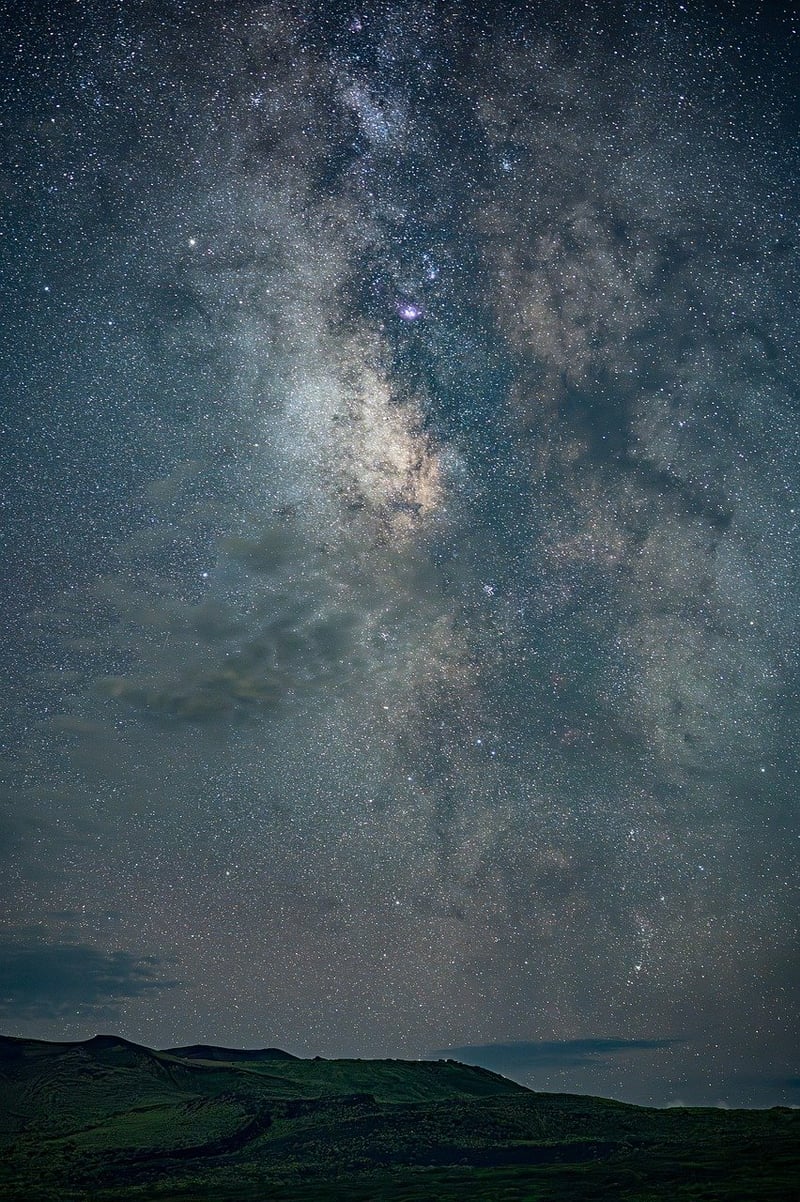Multiverse Theory
Exploring Different Versions of Reality and the Multiverse Theory

Reality, as we perceive it, is a complex and mysterious concept. The idea that there could be multiple versions of reality existing simultaneously has captured the imagination of scientists, philosophers, and writers alike. This concept is often explored through the lens of the Multiverse Theory.
What is the Multiverse Theory?
The Multiverse Theory suggests that there are multiple universes, including our own, which exist parallel to each other. These universes can vary in terms of physical laws, constants, and even the existence of different versions of ourselves. In essence, the Multiverse Theory proposes the existence of an infinite number of universes, each with its own set of possibilities and realities.
Types of Multiverse Theories
There are several versions of the Multiverse Theory, each offering a unique perspective on the nature of reality:
- Many-Worlds Interpretation: This theory suggests that every possible outcome of a quantum event is realized in a separate universe, leading to branching realities.
- Membrane (M-Theory) Multiverse: Based on string theory, this theory posits the existence of multiple universes (membranes) floating in a higher-dimensional space.
- Parallel Universes: In this version, universes exist alongside each other in higher dimensions, with the potential for interaction between them.
Implications and Speculations
The Multiverse Theory raises profound questions about the nature of existence, consciousness, and our place in the cosmos. It challenges our understanding of reality and opens up a realm of possibilities for exploring alternate versions of ourselves and the universe.
While the Multiverse Theory remains a subject of theoretical physics and philosophical debate, it continues to inspire creative works in literature, film, and art, exploring the fascinating concept of multiple realities.
Whether viewed as a scientific hypothesis or a thought experiment, the idea of different versions of reality existing beyond our perception invites us to contemplate the vastness and complexity of the universe we inhabit.
